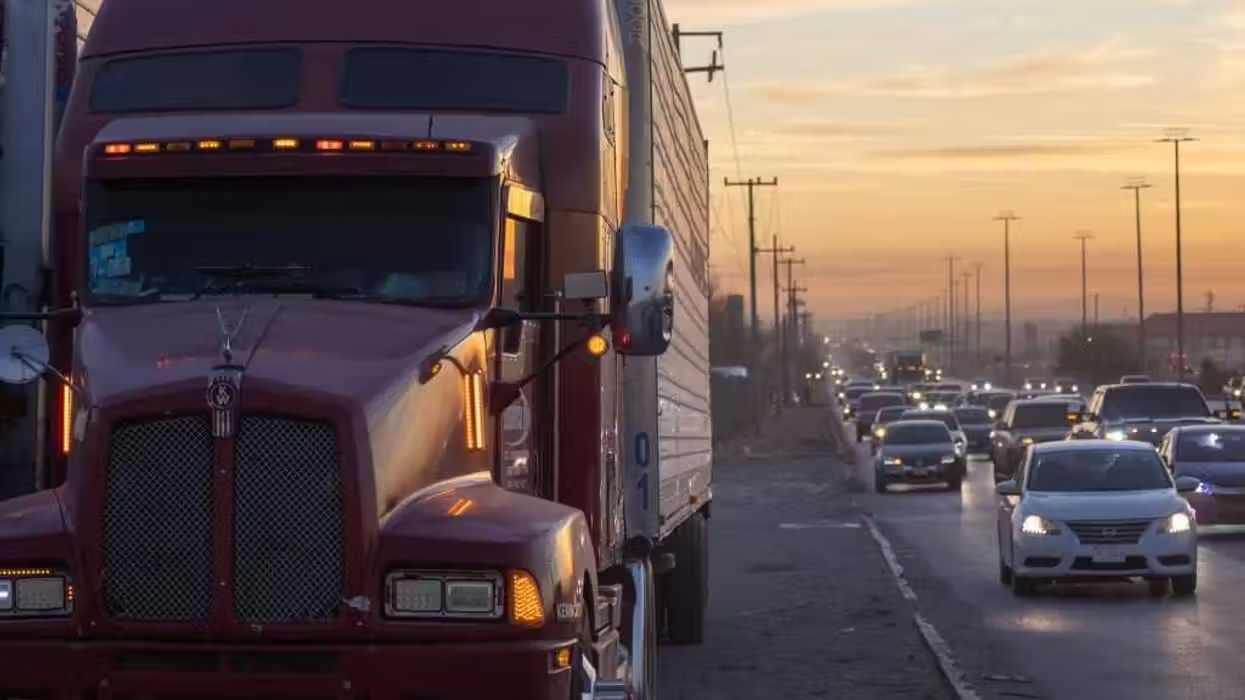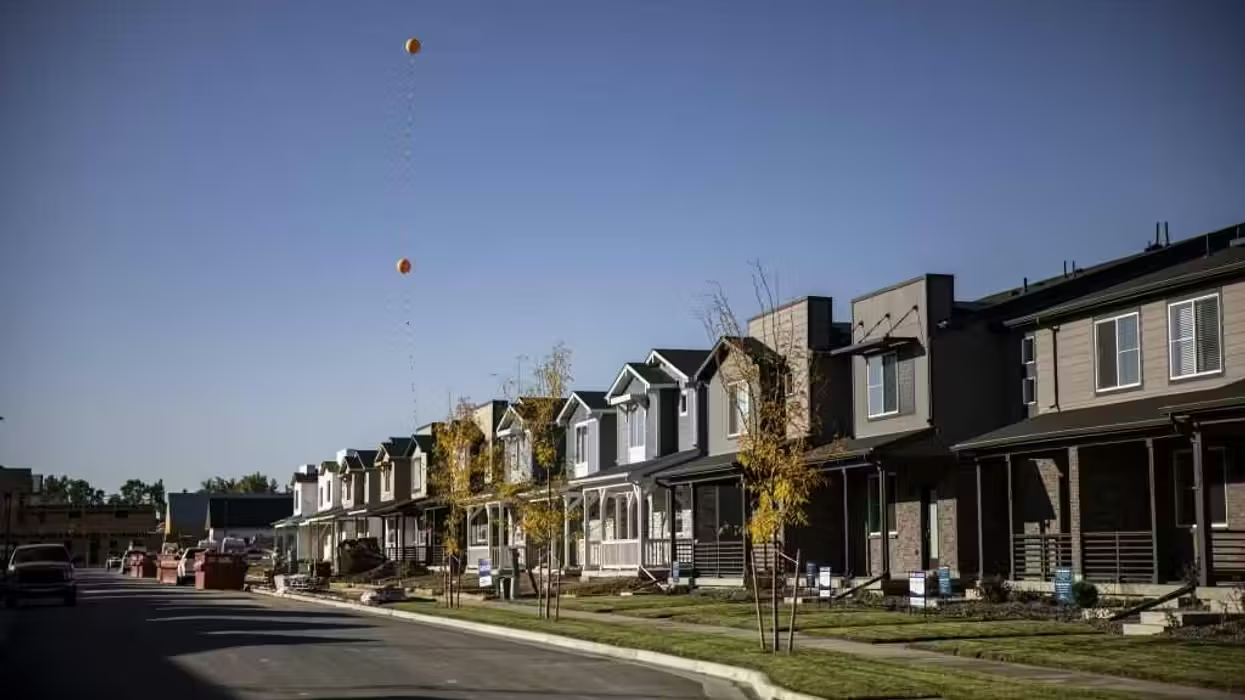The Congressional Budget Office reported Tuesday that a bill to reform the broken Department of Veterans Affairs would go through almost all of its $14.4 billion in new spending in the next few years, while most of the $4.5 billion in savings will happen after 2020.
The CBO's "budget score" says the VA reform bill will require $10 billion in new spending over the next 10 years, as expected. House Veterans' Affairs Committee Chairman Jeff Miller (R-Fla.) said Tuesday that adding more to the national debt is acceptable in order to get help to the nation's veterans who have been denied access to health care.
 House Veterans Affairs Committee Chairman Jeff Miller (R-Fla.) (right) and Senate Veterans Affairs Committee Chairman Bernie Sanders (I-Vt.) announced they have a deal on a VA reform bill, one that will lead to a $10 billion addition to the federal debt. Chip Somodevilla/Getty Images
House Veterans Affairs Committee Chairman Jeff Miller (R-Fla.) (right) and Senate Veterans Affairs Committee Chairman Bernie Sanders (I-Vt.) announced they have a deal on a VA reform bill, one that will lead to a $10 billion addition to the federal debt. Chip Somodevilla/Getty Images
But like so many other bills, CBO's analysis of the VA reform bill shows that the spending is front-loaded, while the savings is back-loaded. Bills that put all the spending up front and count on savings in the out years have been criticized by budget hawks as plans that may never realize the savings at all, as future Congresses often balk at carrying out the spending reductions once they are due.
According to CBO, sections of the bill aimed at ensuring that veterans have access to health care would spend more than $10 billion by 2016. And while the bill counts on billions of dollars in spending reductions, none of that savings would be realized by 2016.
Instead, the bill would actually increase spending at the VA by $16 million by 2016, according to CBO. Only in 2017 would the savings start kicking in, but the savings won't add up to more than $1 billion until 2019.
Miller and his Senate counterpart, Bernie Sanders (I-Vt.), said this week that roughly $5 billion of the bill is paid for by taking funds away from other parts of the VA. But CBO says the savings is closer to $4.5 billion.
The bill also runs the risk of leading to new costs down the road, especially if veterans use the opportunity in the bill to seek care from non-VA providers.
CBO did not assess the chances of a sustained shift away from VA care by the nation's veterans. On Monday, Miller agreed that this could happen, and that it's unclear how many veterans would leave the VA system — and at what cost — until a few years go by.
"I don't believe there will be a flight of all of the veterans out of the system, but we don't know until we start this program," he said.

 House Veterans Affairs Committee Chairman Jeff Miller (R-Fla.) (right) and Senate Veterans Affairs Committee Chairman Bernie Sanders (I-Vt.) announced they have a deal on a VA reform bill, one that will lead to a $10 billion addition to the federal debt. Chip Somodevilla/Getty Images
House Veterans Affairs Committee Chairman Jeff Miller (R-Fla.) (right) and Senate Veterans Affairs Committee Chairman Bernie Sanders (I-Vt.) announced they have a deal on a VA reform bill, one that will lead to a $10 billion addition to the federal debt. Chip Somodevilla/Getty Images






